|
Jane helps run the family building business, and in May she was arranging to pay $51,000 to a subcontractor. She'd worked with concreter Simon O'Donnell for almost a decade, making countless payments to him in that time. But a couple of days after Jane transferred the funds, Simon called her husband, asking where his money was. When Jane received the $51,000 invoice from Simon, she did notice his bank account had changed and updated his details before transferring the money. "We hadn't used Simon for six months so I thought he's possibly changed it over that period of time," Jane said. The email itself didn't seem unusual and it showed clear details of the job that'd been completed. But after looking at the email Simon sent, and the one Jane received, it was clear something was off. Simon's outbox shows he sent the invoice to Jane at 4:56pm on a Friday — but it didn't appear in her inbox until 7:30am on the Saturday. According to associate dean for computing and security at Edith Cowan University, associate professor Paul Haskell-Dowland, someone had gained access to either Simon or Jane's computer, and was waiting for an opportunity like this. Dr Haskell-Dowland believes hackers gained remote access by hacking the builder's website and surreptitiously redirecting visitors to another site which installed malicious software. The email would have been intercepted potentially via automated means and would have then been modified by human means," he said. Jane and Simon fell victim to a sophisticated business email compromise (BEC) scam. "I didn't know that an invoice could be intercepted between a supplier and ourselves and altered," Jane said. This is a story from ABC News on 24 November 2020. Read the full story Always check payment details before paying an invoiceRegrettably this kind of scam is fairly common and scammers regularly intercept invoices from suppliers and subcontractors and then change the banking details.
It pays to check the banking details on all invoices and confirm with the supplier or contractor that the details are correct. Scammers are getting more sophisticated and it's easy to be caught.
1 Comment
The living room is the most used room of any house and it is a good place to start with remodeling. A well-decorated living room can reflect your style and personality. However, before you start with the remodeling, inspect the conditions of furniture, electrical items, flooring, roof, etc. 5 Tips to Remodel your Living Room1. Change your Layout The living room can get an instant and easy makeover by just moving around the furniture. You can even move your living room to another room. Choose a new focal point and design your room around it. For example, if the fireplace was your old central point, you can choose the television as your new focal point. It would guide the new layout of the room. 2. Front Entry Door Makeover If your living room is at the front of the house, consider installing a new entry door. Another idea would be to repaint the current door. This won’t just give your living room a new look but also enhance the home’s exterior curb appeal. Choose a bright, appealing and welcoming color for the door. If the breaker box is near the entrance door, choose an interesting way to conceal it. 3. Express with New Colors a. Blue: Blue is a soothing and tranquil color. It is easy on the eyes and different shades of blue can bring different effects to the room. Lighter tones create a feeling of harmony and calm while a brighter shade adds vibrancy to the room. b. Pink: The blush tone of pink adds new life to the living room and works great as a pop of color. It is a good alternative to neutral colors like cream or beige. c. Luxe: Certain colors can bring a luxurious feel to the room. For example, shades of purple or royal blue can make the living room look and feel rich. Combine a bit of brass or marble, and the room will get a whole new look. d. Bold: If you are not afraid to make a statement, try a bold color like deep green or flaming red. You can either paint the ceiling or one wall to make a bold statement. 4. Accessorize If you cannot bring a major change to the room like new furniture, repainting or changing the layout, consider accessorizing. Choose accessories that don’t disturb the flow and harmony of the room. Some accessories you can consider include vintage vases, vintage clocks, art pieces, mirrors, cushions, ceramic displays, curtains, etc. 5. Experiment with Lighting Lighting is an important element that peps up the living room. It can highlight the attractive features of the room. Choose ambient lighting to create a soft, peaceful and comforting ambience in the room. Accent lighting draws attention to a focal point and adds elegance to the room. You can experiment with different types of table lamps, floor lamps, landscape lights or spot lights. Use a combination of lights to create interesting effects. Ensure all the lighting pieces have a GFCI connection for protection. Focus on electrical safety as well when you remodel the living room. Ensure the circuit breaker box is functioning the way it is supposed to. This won’t just keep you safe after the remodel but during the remodel as well. Author Bio: Jeson Pitt works with the marketing department of D&F Liquidators and regularly writes to share his knowledge while enlightening people about electrical products and solving their electrical dilemmas. He's got the industry insights that you can count on along with years of experience in the field. Jeson lives in Hayward, CA and loves to explore different cuisines that the food trucks in the Bay area have to offer. Want to learn more about designing, renovating and building houses?Paul Netscher has written 2 easy to read books 'An Introduction to Building and Renovating Houses - Volumes 1 and 2'. An Introduction to Building and Renovating Houses Volume 1 deals with Hiring Contractors, Managing Construction and Finishing Your Home. and Designing your ideal home Volume 2 deals with Finding Your Ideal Property and Designing Your Dream Home.
("Great for those that DIY. Very helpful in home renovations!" said a Reader on Amazon.com 5*****) These books are available from Amazon and other online bookstores in paper and ebook. In previous articles we explained some electric basics. Understanding Electrics in Your New Home Build and Electrics for your new home build part 2 Then we discussed light fittings. Choosing lights for your new home. In this article we look at electrical outlets or sockets (plugs). Don’t you hate it when you can’t find an electrical outlet close to where you need it, or when there’re insufficient outlets. Ensure you have sufficient electrical outlets where they’re going to be needed. Rather err on the generous side, because using extension leads and overloading electrical outlets is hazardous and is often the cause of house fires. Locations for electrical sockets include:
 This is an extract from the author's book 'An Introduction to Building and Renovating Houses: Volume 2 Finding your Ideal Property and Designing your Dream Home. Want to learn more about designing, renovating and building houses?Paul Netscher has written 2 easy to read books 'An Introduction to Building and Renovating Houses - Volumes 1 and 2'. An Introduction to Building and Renovating Houses Volume 1 deals with Hiring Contractors, Managing Construction and Finishing Your Home. and Designing your ideal home Volume 2 deals with Finding Your Ideal Property and Designing Your Dream Home.
("Great for those that DIY. Very helpful in home renovations!" said a Reader on Amazon.com 5*****) These books are available from Amazon and other online bookstores in paper and ebook. In previous articles we explained some electric basics. Understanding Electrics in Your New Home Build and Electrics for your new home build part 2 In this article we look at things to consider when choosing lights for your new home and renovation project. Lighting your new homeLights are an important part of your finished house. They illuminate the general area, light specific areas of interest creating a highlight effect, they create mood and ambiance and they can be a feature in themselves (illuminated, or even in some cases when they aren’t on). I’m sure we’ve all been in rooms, especially hotel rooms, that were dark, gloomy and uninviting. Then, there’re rooms that are blindingly full of light so that they’re stark and unappealing, almost like a hospital operating room. Careful choice of the type of light, the number of lights and their positioning, can add or detract from your home. You don’t want to feel like you’re battling to see, while at the same time you don’t want to be overwhelmed by too much light. The number and variety of light fittings available can provide daunting decisions. Like everything, don’t be influenced by price alone. You install cheap light fittings and invariably they’ll look cheap. Are your lights safe?It’s important to ensure that you use light fittings which are approved for use in your country. Be especially careful when purchasing fittings online as these may not be safe and won’t always comply with local regulations. Equally important is ensuring that lights are installed in accordance with their purpose. Some lights are only suitable for indoors and shouldn’t be installed outside where they could be damaged or pose a safety risk, while many light fittings aren’t suitable for bathrooms or other wet areas. Some lights generate lots of heat and they’re a fire risk when installed in areas which aren’t well ventilated, or where they’re in contact with flammable materials. Lights more than just lightAlways consider how easy it’ll be to replace the lightbulb when it fails. Some light fittings are difficult to open to replace burnt out bulbs. Reaching lights in high ceilings, over stairs, or in double volume areas, is difficult and requires specialist equipment. Chandeliers look fantastic in some houses, but remember light fittings can be dust collectors, so always think who’ll be cleaning the light and how easily it can be done. Study where you want illumination. You don’t want lights casting shadows over work areas nor do you want lights shining onto television screens. If you have artwork you may want lights illuminating it. Light fixtures can add to, or detract from, the overall décor of the room. Some lights are modern, others have a more industrial look, some are beach house, and others have a distinct period or antique look. Using the right light fittings can help create the right look and style and are a valuable addition to the room. To vary the amount of light in a room, either to create mood, or to take account of the varying daylight entering the room, consider having the lights on dimmer switches which alter the amount of illumination. (Note that some light fixtures and light bulbs aren’t suitable for dimmer switches.) Alternatively, a better option is having lights in a room connected to two or more light switch circuits, so that all the lights don’t have to be on at the same time. Light controlsPositioning of light switches is important since you don’t want to walk across a dark room to switch the lights on. Light switches should generally be fitted close to doorways. It’s important to consider the type of doors and how they’ll open. You don’t want light switches to be behind the door when it opens, or be hidden by a sliding door. For passageways, rooms with two separate entrances, and stairs you should consider connecting the lights to separate switches located at either end of the passage, the top and bottom of the stairs and at both entrance doors of a room, so that the lights can be operated from the different locations. Depending on legislation, sometimes light switches for bathrooms must be located outside the room. Light switches aren’t always the prettiest feature so try and locate them together where possible. Light switches come in various designs and colours. Some blend into the wall so they’re less noticeable, while others form a decorative statement in their own right. Consider how the light switch suites the décor and style of the room. Switches that look antique are suited to heritage homes, while those that are sleek and modern will look out of place in a heritage house. Ensure light switches match the electrical sockets. In general when using metallic colours you should keep the colours consistent in the room, even matching the door locks and handles. Having some fittings in a room copper while others are silver will look mismatched. Lights can be triggered to come on when they detect movement. This is particularly useful for external lights. The lights go off automatically after a few minutes when movement ceases. Having movement sensors in rooms, particularly in bathrooms, can mean that the lights only illuminate when someone is in the room and then are off when the room is empty. This helps reduce power usage. Installing energy efficient lights is important to reduce power consumption. The right light choicesCarefully consider where you need lights and how you will control them. Ensure that the light fittings you choose will be safe, practical, provide sufficient light, and fit with the style of your house. Lights are an important aspect for your new home and can add or detract from both the value of your home and your enjoyment. If in doubt get expert help. Read our next article related to electrics in your new house Electrical outlets in your new home  This is an extract from the author's book 'An Introduction to Building and Renovating Houses: Volume 2 Finding your Ideal Property and Designing your Dream Home. Want to learn more about designing, renovating and building houses?Paul Netscher has written 2 easy to read books 'An Introduction to Building and Renovating Houses - Volumes 1 and 2'. An Introduction to Building and Renovating Houses Volume 1 deals with Hiring Contractors, Managing Construction and Finishing Your Home. and Designing your ideal home Volume 2 deals with Finding Your Ideal Property and Designing Your Dream Home.
("Great for those that DIY. Very helpful in home renovations!" said a Reader on Amazon.com 5*****) These books are available from Amazon and other online bookstores in paper and ebook. |
AuthorI’m a construction professional, author of several successful construction management books, and a home owner. I’ve made mistakes in construction management, I’ve seen others make mistakes, but importantly I’ve had multiple successful construction projects and I’ve learned from the mistakes. I want to share these lessons and my knowledge with you. Also available from:
Amazon Au, Amazon DE, Amazon ES, Amazon CA, Amazon IT, Amazon FR, Amazon NL, Amazon India and 'An Introduction to Building Houses - Volume 2 Finding Your Ideal Property and Designing Your Dream Home'
Archives
July 2024
CategoriesWe welcome genuine comments, especially comments that add additional information to the subject matter in the article. We however reserve the right to remove inappropriate comments, which includes comments that have nothing to do with the subject, comments that include inappropriate language, and comments that are an advertisement for a product or company, or which include an advertising link. Comments must be in English. We will not enter into discussion on why a particular comment was removed.
|
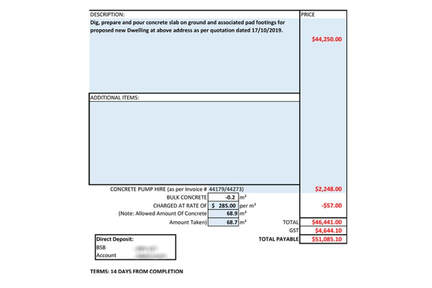

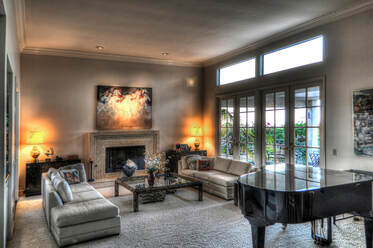


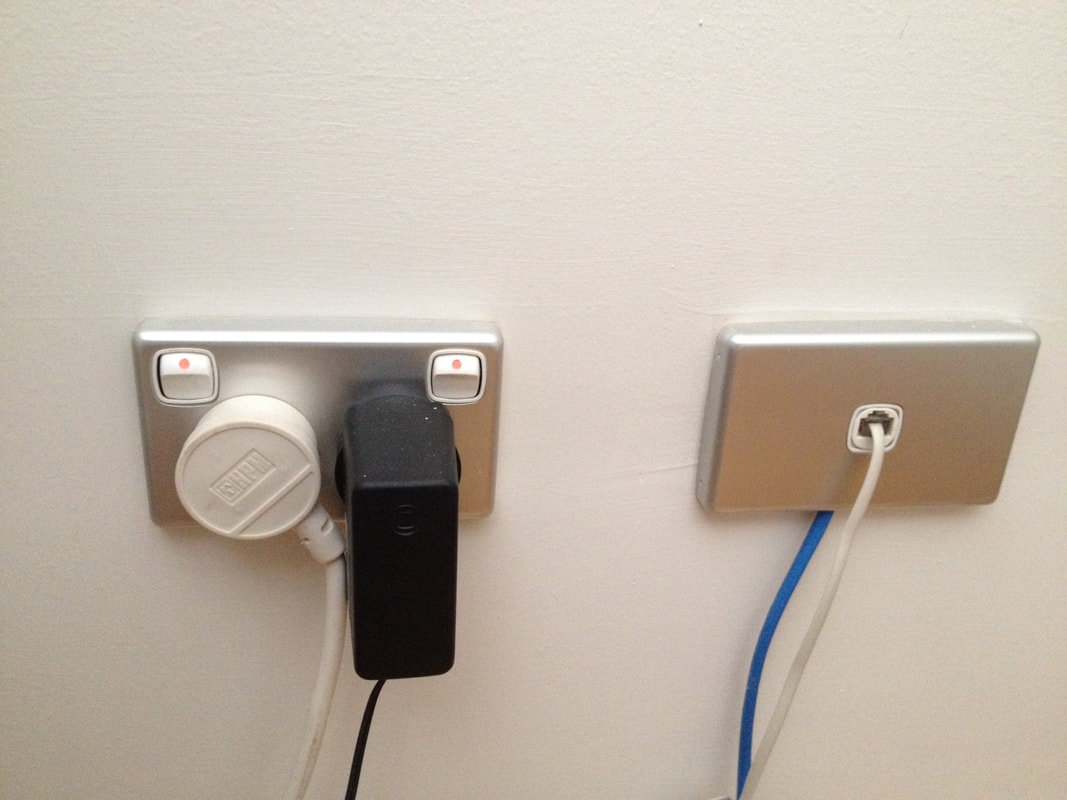


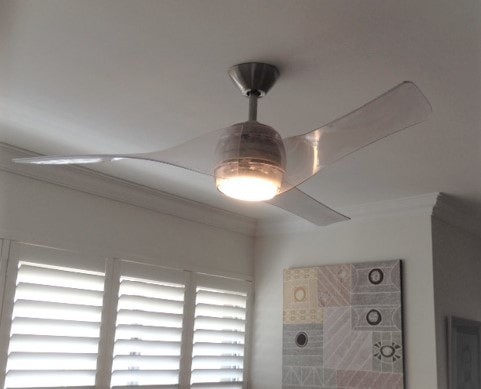


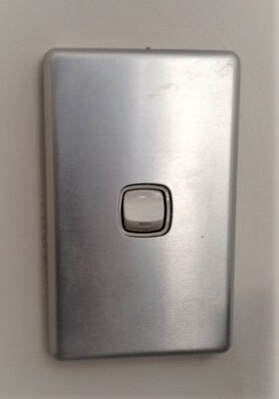
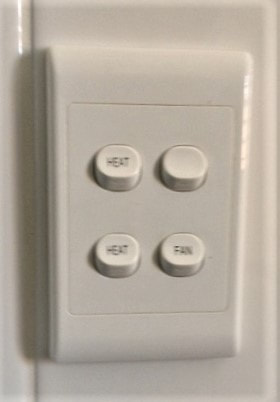



 RSS Feed
RSS Feed


